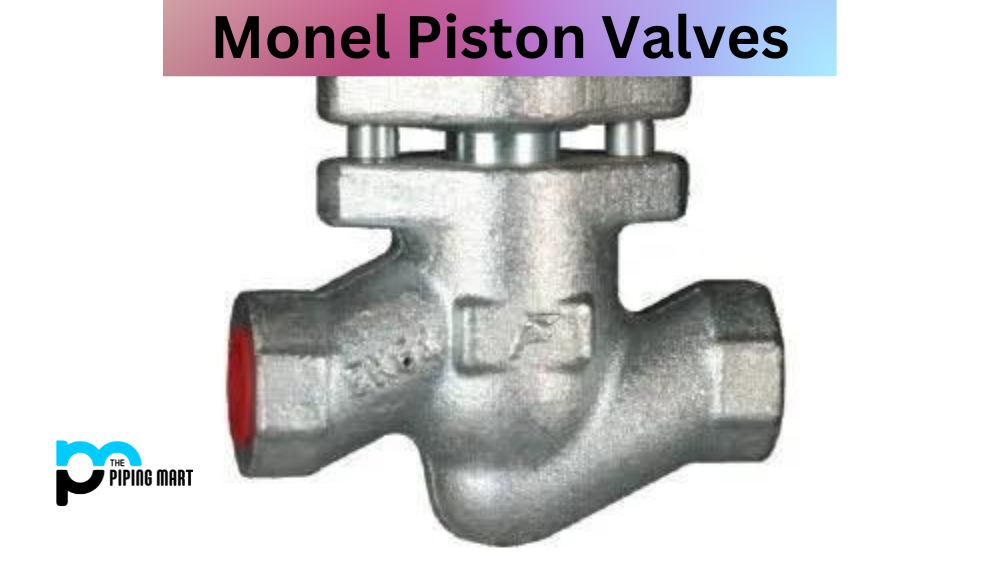If you’re a welder or construction worker, you have probably heard of plasma and TIG welding. But do you know which one is the best for your next project? This blog will help you compare these two welding techniques to determine which one is the right fit for your project.
Plasma welding
Plasma welding is an arc process in which heat is generated from an electrode that is directed towards the workpiece. This method uses a pressurized gas such as argon or helium to shield the arc from atmospheric contamination, leading to more consistent weld penetration and greater weld strength. The plasma arc also produces a faster melting rate than other welding processes, making it ideal for applications that require high-speed welds. However, it also requires higher levels of skill due to its complex nature.
TIG welding
TIG welding, or tungsten inert gas welding, uses a non-consumable tungsten electrode to produce the weld. This process has become increasingly popular over recent years because it can be used with both ferrous and non-ferrous materials like stainless steel, aluminum, and magnesium alloys. It’s also highly versatile because it can be used with different types of filler metals, such as copper alloys and nickel alloys. Additionally, TIG welding provides better control over the heat input than other methods like MIG/MAG (metal inert gas/metal active gas) welding.
Plasma Welding vs TIG Welding – What’s the Difference
Both plasma and TIG welding have their unique advantages, but they also have some drawbacks as well. For instance, plasma welding requires high levels of expertise due to its complexity while TIG welding requires more time because each weld needs to be done slowly and carefully with minimal heat input in order to avoid warping or distortion of the material being welded. Additionally, both methods require special equipment, such as power supplies and torches, that can be expensive to purchase or rent, depending on your budget.
- Plasma welding is a process that uses a plasma torch to weld two pieces of metal together.
- The plasma torch creates a plasma arc, which is used to heat the metal and create the weld.
- Plasma welding is often used for welding thin metals, as it can create a very strong weld.
- TIG welding is a process that uses an electric arc to weld two pieces of metal together.
- TIG welding is often used for welding delicate metals, as it can create a very precise weld.
- TIG welding is also used for welding metals that are difficult to weld, such as aluminium.
Conclusion:
Despite their differences in complexity and speed of use, both plasma and TIG welding offers distinct advantages for certain projects. If you’re looking for high-speed results with strong welds, then plasma might be the best choice for you; however, if you’re working with aluminium or magnesium alloys, then TIG might be more suitable since it allows for better control over heat input which helps prevent warping or distortion of materials being worked on. Weighing up each option carefully can ensure that you make the best choice when deciding between plasma vs TIG welding for your next project!

Abhishek is a seasoned blogger and industry expert, sharing his insights and knowledge on various topics. With his research, Abhishek offers valuable insights and tips for professionals and enthusiasts. Follow him for expert advice on the latest trends and developments in the metal industry.




